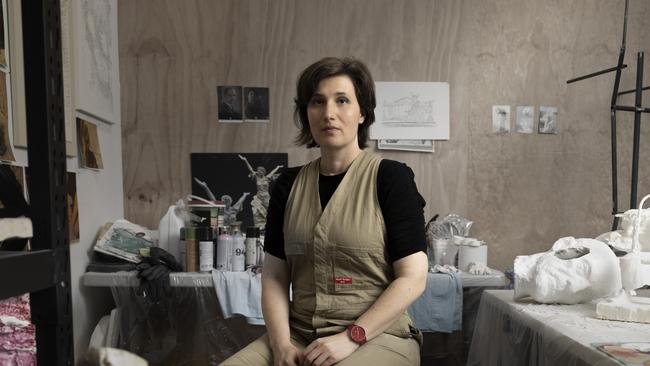
The artwork captures something of the Jewish community’s dark state of mind ahead of a federal election that takes place against the background of an unprecedented explosion in anti-Semitism. As far as many are concerned they’re indeed voting in the wreckage of their belief that Australia, home to a disproportionate number of Holocaust survivors, is a safe haven from the Jew-hatred of the Old World.
Sanadze herself, as this masthead reported, was one of the 600 doxxed creatives of a private Jewish WhatsApp group, an ordeal in which she was branded a “genocidal” Zionist, pushed out of a prestigious studio residency and dumped by a commercial gallery.
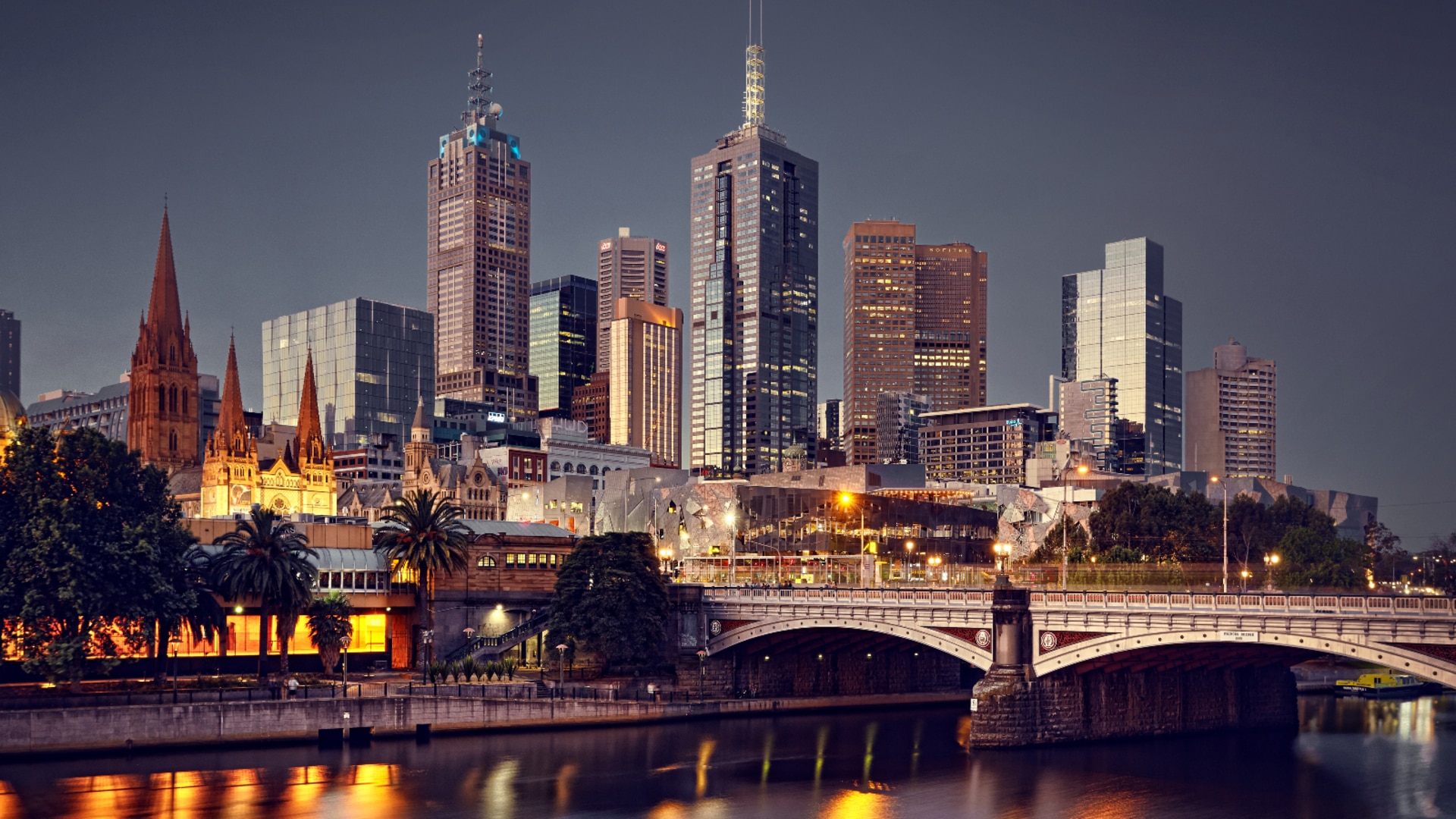
Later, as we know, Creative Australia scrapped the artistic team slated to represent the country at the Venice Biennale when it emerged one of the artists, Khaled Sabsabi, had earlier produced work depicting former Hezbollah leader Hassan Nasrallah in a way that at best didn’t fully acknowledge the authenticity of his bloodlust towards Jews.
The controversy could be seen two ways. First, that the Gaza war has led to a cancellation frenzy because spineless administrators and bureaucrats buckle under pressure. Or, second, a Jewish artist such as Sanadze would never make the cut with Creative Australia in the first place, let alone rouse the artistic fraternity to defend her freedom of expression.
For in the notorious words of academic Randa Abdel-Fattah, as far as the elites are concerned, “Zionists” should not be entitled to cultural safety.
The degree of safety, cultural and literal, to which Zionists – that’s Jews, for present purposes – are entitled, be it here or in Israel, is one theme in this election. Are they even under threat, really under threat? Or about as much under threat as Muslims are under threat so anti-Semitism and Islamophobia must be constantly paired in the same sentence? Even though the logic of this pairing is never spelled out. Why is anti-Semitism paired with Islamophobia and not some other prejudice, such as anti-Asian racism?
How, for instance, should we interpret the attacks against Jewish properties in Sydney allegedly orchestrated by Sayet Erhan Akca, alongside his piece de resistance, the caravan bomb hoax? Akca later was revealed to have produced a digital portfolio of virulent anti-Semitism but should we take this into account when authorities say his primary motivation was causing headaches for police so as to barter more effectively with them over his sentence? Perhaps – satire alert – we should see the subtlety in Akca’s (allegedly outsourced) “F. k the Jews” graffiti art, just as we should see the subtlety in what might at first glance appear to be Sabsabi’s glorification of the late Nasrallah? (The same Nasrallah the Israelis stunningly dispatched to the afterlife in a war the Albanese government had counselled them not to wage.)
The Prime Minister stressed that notwithstanding the murky motivations involved in the Sydney attacks, they caused “real fear” in the Jewish community. As if the authenticity of Jewish feelings is the real question here, and not the concrete facts of a swastika on a synagogue. The complaint you’ll hear most often in the Jewish community is that they’re being “gaslit” by those in power to believe their perceived devolution in status isn’t real.
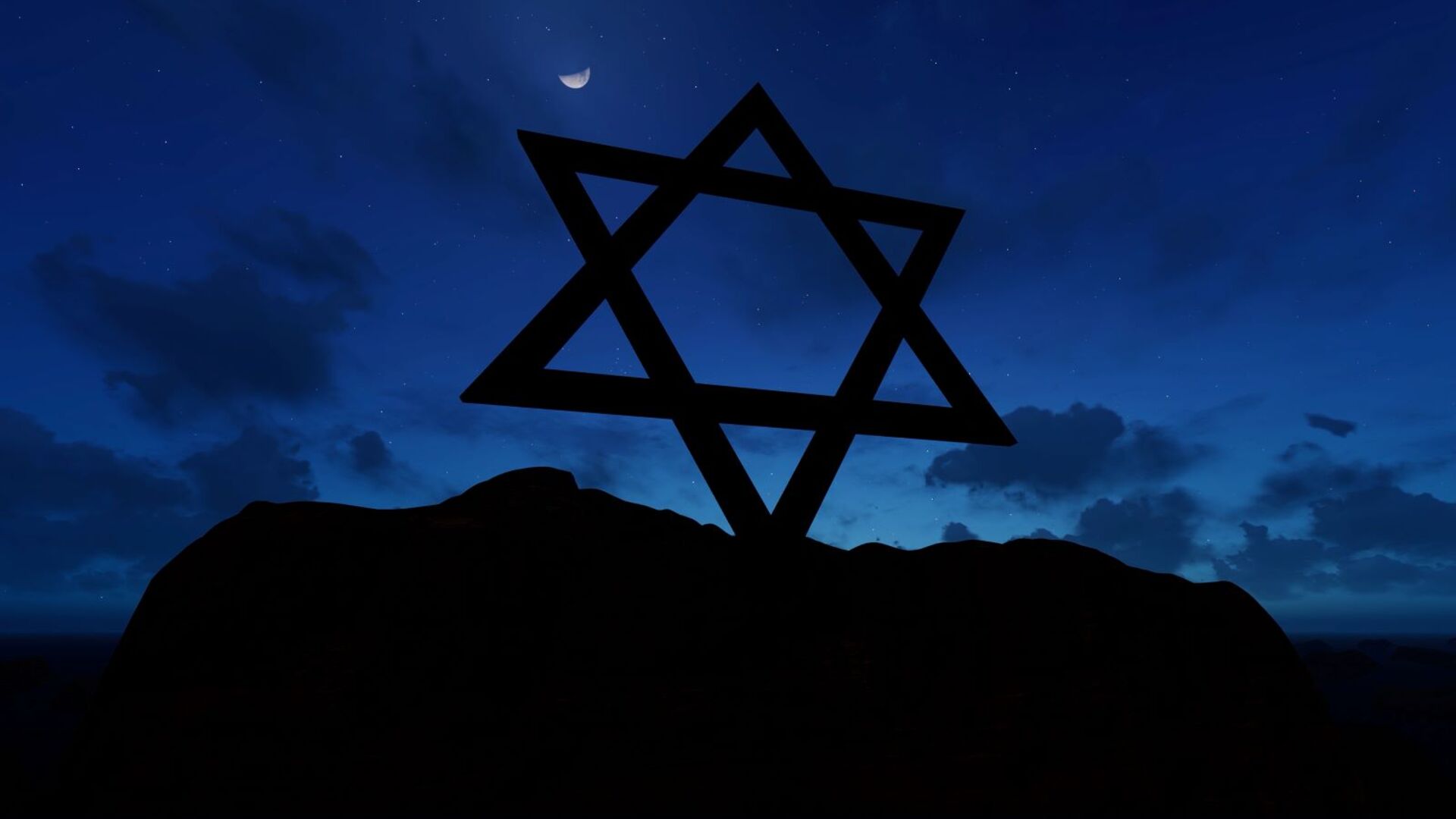
Alas, the more the Albanese government laments the fraying of “social cohesion” – as if the government is a mere passenger in the political roadshow – the more enraged the Jewish and pro-Palestine communities become. The two camps at least have this in common. In the seats where Muslim or Jewish voters form a critical mass (the former more numerous than the latter) the significant number of disaffected are revolting against Labor even at the risk of ironic, and perverse, outcomes.
In Melbourne’s Macnamara an anti-Labor shift towards the Liberals – Peter Dutton having pledged that repairing Australia’s relations with Israel would be one of his government’s chief priorities – risks handing the seat to the Greens on preferences from Labor voters and at the expense of Israel-friendly Josh Burns. In western Sydney seats the Muslim Vote and allied campaigns target some of the government’s most outspoken (literally) flag-waving Palestine supporters, most notably Tony Burke.
What “ordinary Australians” may think of all this is anyone’s guess. Maybe they resent the fact a faraway conflict is blocking the airwaves and the streets with protesters. There is a sectarian tone in Australian politics; the spectre of October 7 will haunt May 3.
And that alone speaks to a failure of leadership, where else but at the top?
Julie Szego is a Melbourne-based freelancer.


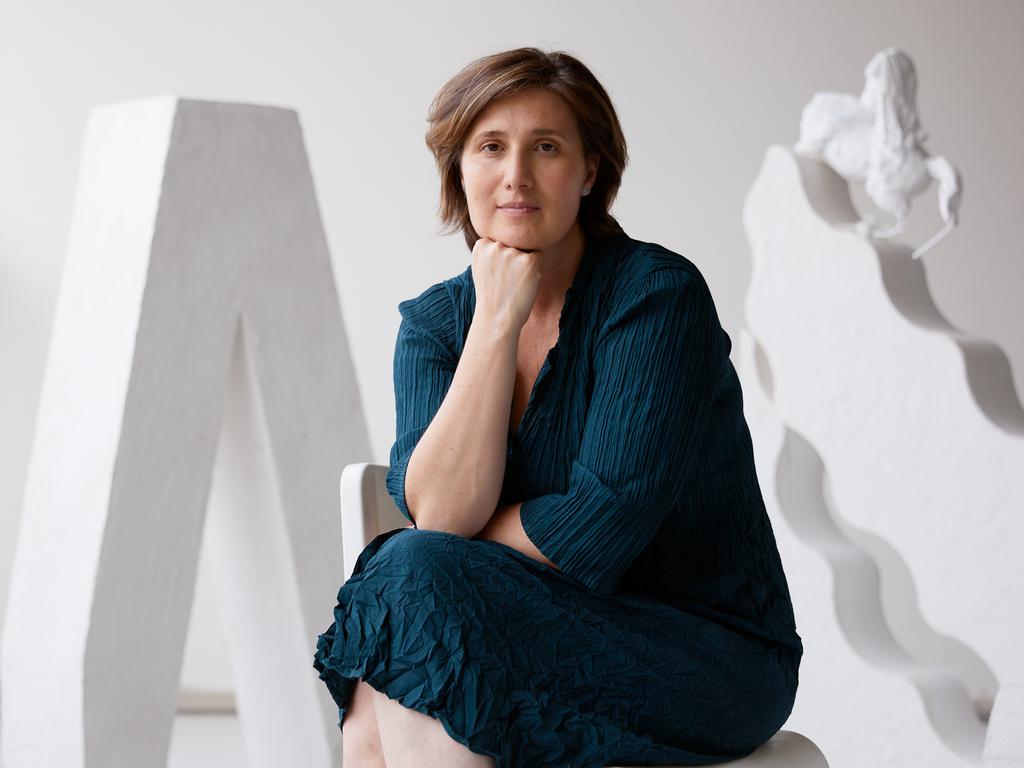
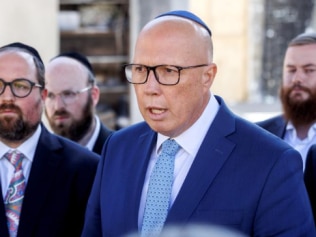



Some weeks back I accompanied Melbourne artist Nina Sanadze and photographer Emmanuel Santos to the burnt-out remains of the Adass Israel Synagogue in Ripponlea. Sanadze brought about a half-dozen cardboard election booths – of the sort we’ll be standing in five weeks from now – and arranged them in various tableaus around the charcoaled landscape as Santos snapped away. At times the booths stand upright and gleaming in an orderly row. Other times some booths lie chaotically on their sides. The sculptures and confronting photographs will form part of an exhibition titled Election Day: No Hate.